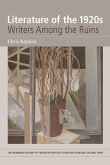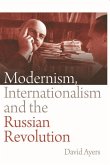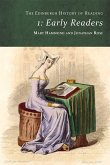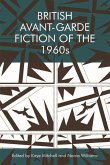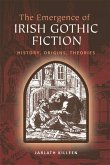'Caroline Maclean's The Vogue for Russia: Modernism and the Unseen in Britain 1900-1930 is a well-conceived and much needed scholarly study. Maclean's ability to pull together the disparate threads that other scholars have followed is what will make this book widely read and valuable to scholars in several fields (modernist literary studies, modern history, art history, science studies, film studies, and religious studies).' Mark S. Morrisson, Professor of English, Pennsylvania State University 'The Vogue for Russia: Modernism and the Unseen in Britain 1900-1930 promises to address a knot of questions which is gaining more and more attention in modernist studies, and in investigations of modernity more generally. This book will make an original and distinctive contribution to the subject.' Leigh Wilson, Reader in English Literature, University of Westminster Explores the influence of Russian aesthetics on British modernists. The Vogue for Russia explores the influence of Russian aesthetics of the unseen on British modernists. In what ways was the British fascination with Russian arts, politics and people linked to a renewed interest in the unseen? How did ideas of Russianness and 'the Russian soul' - prompted by the arrival of the Ballets Russes and the rise of revolutionary ideals - attach themselves to the existing British fashion for theosophy, vitalism and occultism? In answering these questions, this study is the first to explore the overlap between Slavophilia and mysticism between 1900 and 1930 in Britain. The main Russian characters that emerge are Fedor Dostoevsky, Boris Anrep, Vasily Kandinsky, Petr Ouspensky and Sergei Eisenstein. The British modernists include Roger Fry, Virginia Woolf, Mary Butts, John Middleton Murry, Michael Sadleir and Katherine Mansfield. Key Features: . Draws on unpublished archive material as well as on periodicals, exhibition catalogues, reviews, diaries, fiction and the visual arts . Addresses the omission in modernist studies of the importance of Russian aesthetics and Russian discourses of the occult to British modernism . Challenges the dominant Western European and transatlantic focus in modernist studies and provides an original contribution to our understanding of new global modernisms . Combines literary studies with aesthetics, modernist history, the history of modern esotericism, film history, periodical studies and science studies Caroline Maclean is currently a Visiting Research Fellow at the Institute of English Studies, University of London.


